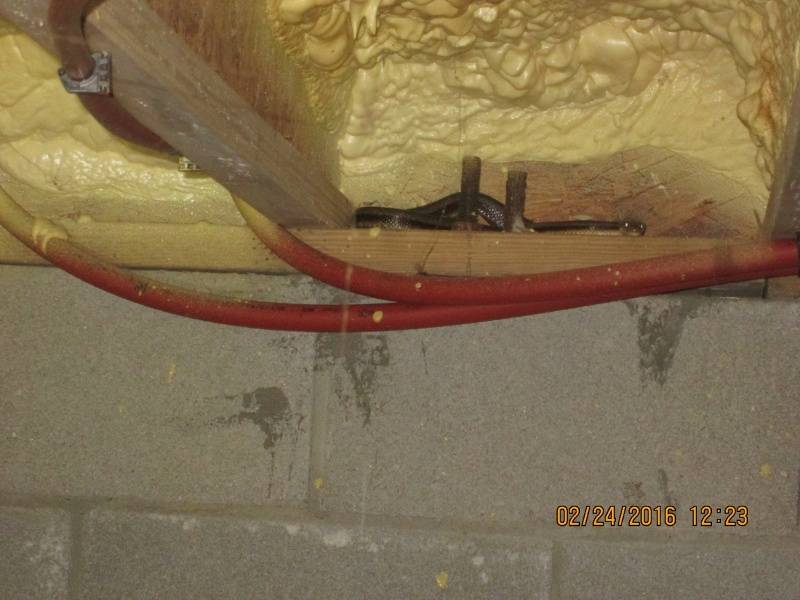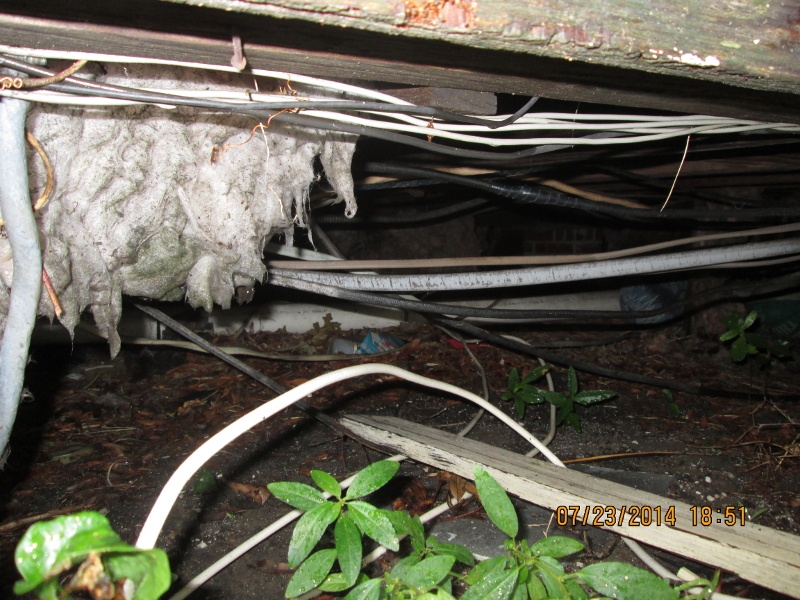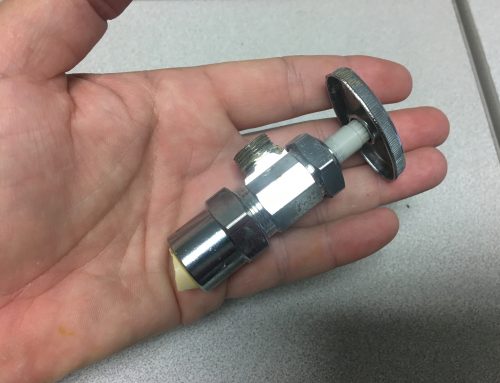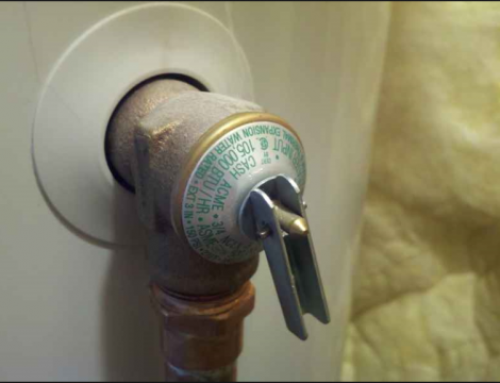Let’s face it, nobody likes crawlspaces. They are dark, damp or dusty, cramped and, well, dark. So, why would anyone EVER want to go in them, right? Because they are so rarely visited, most crawlspaces go without maintenance for a long time, sometimes for years, which can lead to problems, sometimes big problems. Still, crawlspaces, like other areas of your home, should be reviewed and maintained. Some of the things you should look for are listed below. However, if you choose to go into your crawlspace, BE CAREFUL. If there are any doubts, please call a professional contractor.
- Rats, raccoons and snakes, oh my: Crawlspaces are excellent places for critters
 of all kinds to hide and lurk and live. Dry crawlspaces offer ideal places for snakes and other reptiles to live because they are oftentimes cooler than the outside. They also provide protection from other predators. The waste from these pest can lead to disease and, well, they’re just nasty. The best defense against these intruders is to keep the crawlspace openings protected via screens or other devices. Do not seal the openings as the crawlspace needs to have adequate airflow. If, however, you suspect critters have entered your crawlspace (ie critter skat or snake skins), seek out a qualified pest contractor.
of all kinds to hide and lurk and live. Dry crawlspaces offer ideal places for snakes and other reptiles to live because they are oftentimes cooler than the outside. They also provide protection from other predators. The waste from these pest can lead to disease and, well, they’re just nasty. The best defense against these intruders is to keep the crawlspace openings protected via screens or other devices. Do not seal the openings as the crawlspace needs to have adequate airflow. If, however, you suspect critters have entered your crawlspace (ie critter skat or snake skins), seek out a qualified pest contractor. - Hangin’ insulation is the worst: The verdict is still out as to whether or not batt
insulation in crawlspaces is a good idea or even effective. However, if you have insulation, it must be installed properly. Insulation that is hanging from the floor joists and touching the ground can act like a water wick for any standing water on the ground, sucking water up to the floor system. Torn and ripped insulation is a sure sign there has been critter activity (see earlier stuff on critters). Rule of thumb: if its hanging, secure it.
- Look for standing water: Standing water can be the result of poor drainage. Water can get in but it can’t get out. It can also be the result of condensation / sweating from the ductwork or HVAC units. Regardless of how the water got in the crawlspace, it does not belong there and needs to be removed. Standing water can lead to wood-destroying fungus, mold or even rot of the wood framing. Standing water is also considered an independent water source for termites which is a no-no for most termite bond companies. You see it, get it reviewed by a qualified contactor.
- Don’t mess with wires: This is probably the most dangerous aspects of
 crawlspaces: potential live wires meet standing water. If you peek your head in your crawlspace and see hanging wires or open junction boxes, seek a professional immediately, even if standing water is not present. Hanging wires are not safe for you and should not be trifled with. If you see hanging wires, turn around and exit the crawlspace. Get a professional to fix any hanging wires.
crawlspaces: potential live wires meet standing water. If you peek your head in your crawlspace and see hanging wires or open junction boxes, seek a professional immediately, even if standing water is not present. Hanging wires are not safe for you and should not be trifled with. If you see hanging wires, turn around and exit the crawlspace. Get a professional to fix any hanging wires.
Crawlspaces can be dangerous when not properly maintained. We recommend reviewing your crawlspace (or having it reviewed) on a yearly basis. Even sealed crawlspaces should be reviewed on a yearly basis. Remember…clean crawlspace, safer home…and happier inspectors!

 of all kinds to hide and lurk and live. Dry crawlspaces offer ideal places for snakes and other reptiles to live because they are oftentimes cooler than the outside. They also provide protection from other predators. The waste from these pest can lead to disease and, well, they’re just nasty. The best defense against these intruders is to keep the crawlspace openings protected via screens or other devices. Do not seal the openings as the crawlspace needs to have adequate airflow. If, however, you suspect critters have entered your crawlspace (ie critter skat or snake skins), seek out a qualified pest contractor.
of all kinds to hide and lurk and live. Dry crawlspaces offer ideal places for snakes and other reptiles to live because they are oftentimes cooler than the outside. They also provide protection from other predators. The waste from these pest can lead to disease and, well, they’re just nasty. The best defense against these intruders is to keep the crawlspace openings protected via screens or other devices. Do not seal the openings as the crawlspace needs to have adequate airflow. If, however, you suspect critters have entered your crawlspace (ie critter skat or snake skins), seek out a qualified pest contractor. insulation in crawlspaces is a good idea or even effective. However, if you have insulation, it must be installed properly. Insulation that is hanging from the floor joists and touching the ground can act like a water wick for any standing water on the ground, sucking water up to the floor system. Torn and ripped insulation is a sure sign there has been critter activity (see earlier stuff on critters). Rule of thumb: if its hanging, secure it.
insulation in crawlspaces is a good idea or even effective. However, if you have insulation, it must be installed properly. Insulation that is hanging from the floor joists and touching the ground can act like a water wick for any standing water on the ground, sucking water up to the floor system. Torn and ripped insulation is a sure sign there has been critter activity (see earlier stuff on critters). Rule of thumb: if its hanging, secure it. crawlspaces: potential live wires meet standing water. If you peek your head in your crawlspace and see hanging wires or open junction boxes, seek a professional immediately, even if standing water is not present. Hanging wires are not safe for you and should not be trifled with. If you see hanging wires, turn around and exit the crawlspace. Get a professional to fix any hanging wires.
crawlspaces: potential live wires meet standing water. If you peek your head in your crawlspace and see hanging wires or open junction boxes, seek a professional immediately, even if standing water is not present. Hanging wires are not safe for you and should not be trifled with. If you see hanging wires, turn around and exit the crawlspace. Get a professional to fix any hanging wires.

